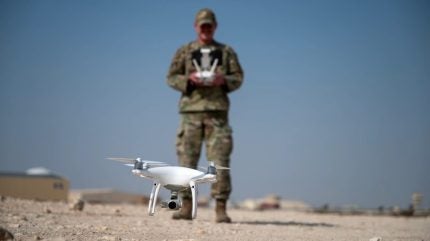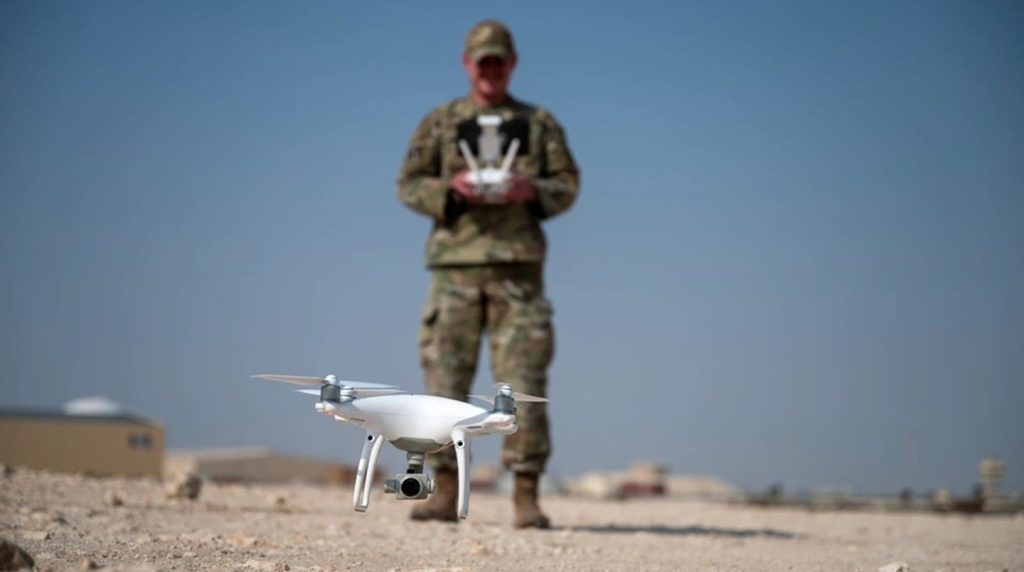
US president Donald Trump passed an executive order on 6 June 2025 to rapidly integrate uncrewed aerial systems (UAS) at all American military installations and ranges while eliminating any bureaucratic delays in the process.
The decision to double down on drones comes as part of the administration’s attempt to strengthen the domestic drone industry using two methods. First, boosting the commercialisation of systems and second, publishing a Covered Foreign Entity List in the next 30 days that identifies companies which pose supply chain risks.
According to GlobalData, a leading intelligence company, the global military UAS market is valued at $13.6bn in 2025 and is projected to grow at a compound annual growth rate of 6.3% over the next decade. It is expected to reach over $25bn by 2035.
China leads UAS supply chain
Given the dual-use nature of the UAS industry, many systems are built within the commercial sector which Chinese companies have targetted through the adversary’s Military-Civilian Fusion strategy. This policy sees Chinese entities derive innovation from American companies with the aim of benefitting the People’s Liberation Army.
In January 2025, the US Department of Defense listed familiar technology brands such as CATL, Huawei, and Tencent as such entities.
China is also a leading exporter of UAS components. Russia has begun leaning on Chinese Garpiya loitering munitions, challenging the country’s longstanding reliance on Iranian Shahed drones. At the same time, China’s global UAS footprint is deep-seated, with components making their way to Ukraine’s armed forces as a cost effective alternative to Western systems.
Sovereign drone industry
Trump’s plan responds to Chinese domination of the industry as the Asia-Pacific is projected to lead the global UAS market with a share of over 39% according to GlobalData intelligence, followed by Europe and North America with shares of more than 36% and 17% respectively.
As the figures indicate, the US is trailing behind in drone technologies. For that reason, in section nine, subsection one of the executive order, the president specifies that systems which ought to be deployed are those cleared for use by the Defense Innovation Unit (DIU) in its Blue UAS Clear List.
These drones are US-made and compliant with section 848 of the FY20 National Defense Authorization Act (NDAA), section 817 of the FY23 NDAA, and the American Security Drone Act, validated as cyber-secure and safe to fly, and are available for government purchase and operation. It Includes small UAS platforms both commercial and bespoke.
Rapid fielding
To curb China’s pervasive influence, Trump has ordered the US Defense Secretary to update the Blue UAS List on a monthly basis, which gives an indication of the rapid level of clearance and production of systems to come for US military use.
This rapid acceptance and fielding time for defence procurement is a major pursuit for the Trump administration. Until recently, a typical acquisition must satisfy nearly 50 documentation requirements and get 50 external sign-offs.
At the beginning of June, the DIU launched Project GI, another initiative to accelerate deployment of uncrewed systems of all types, prioritising platforms that are readily adaptable to military requirements.
Currently, there are only 12 companies with approved systems on the Blue UAS List since it was established in 2020.



